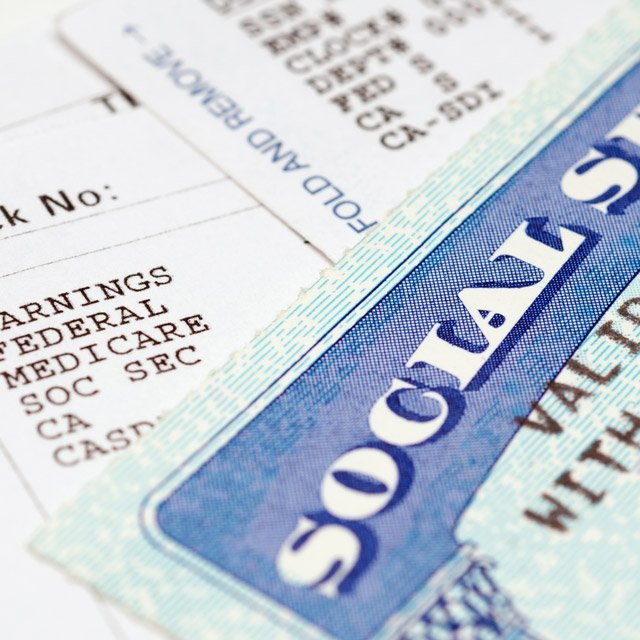2023 Social Security COLA Estimated at 8.6%; Inflation Slows Slightly in April

What You Need to Know
The estimated COLA for 2023 is 8.6%, down from 8.9% in March, according to The Senior Citizens League.
The average Social Security recipient has lost 40% in purchasing power since 2000, according to the advocacy group.
The COLA will be based on third-quarter inflation data and will be announced in October.
The consumer price index data for April, released Wednesday, shows that prices have risen by 8.3% over the past 12 months through and 0.3% from March to April. This is down from the previous month, showing a slight moderation in inflation.
Based on this data, the Senior Citizens League estimates the Social Security cost-of-living adjustment, or COLA, for 2023 could be 8.6%. This would be the biggest COLA since 1981.
Mary Johnson, the league’s Social Security and Medicare policy analyst, bases monthly COLA estimates on changes in the Consumer Price Index for Urban Wage Earners and Clerical Workers, known as the CPI-W. In March, the league pegged the 2023 COLA at 8.9%.
The Social Security Administration uses average inflation in the third quarter, based on the CPI-W, to calculate the benefit adjustment for the following year. The COLA was 5.9% in 2022.
The biggest price increases were in shelter, food. airline fares and new vehicles. Gasoline dropped 6.1% in April but rose 43.6% over the 12-month period. The monthly drop offsets “increases in the indexes for natural gas and electricity,” according to the U.S. Bureau of Labor Statistics. The food index rose 0.9%, shelter index rose 0.5%, and new vehicles rose 1.1%.
The index less food and energy rose 0.6% in April, following a 0.3% increase in March. For the past 12 months, items less food and energy index rose 6.2%, versus 6.5% in March.
The Bureau of Labor Statistics found that along with shelter, air fares and new vehicles, the largest contributors to the all-items increase included medical care, recreation and household furnishing and operations.





